Energy / Resources
-

MEDIA
A rocky future for iron ore?
Roger Montgomery
September 10, 2012
Roger Montgomery discusses how the dramatic volatility in the price of iron ore is likely to continue in this discussion on ABC1’s Inside Business broadcast 2 September 2012. Watch here.
by Roger Montgomery Posted in Energy / Resources, TV Appearances.
- save this article
- POSTED IN Energy / Resources, TV Appearances
-
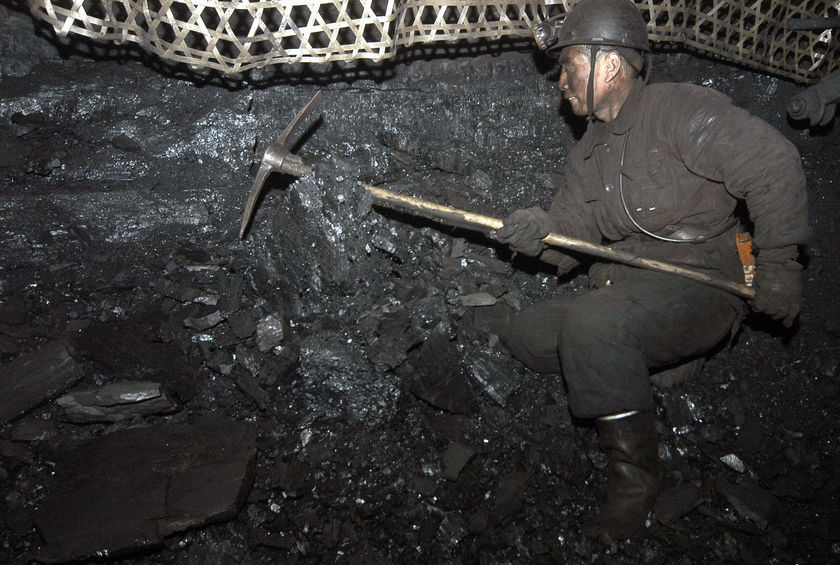
From the Coal Face – pardon the pun
Roger Montgomery
September 8, 2012
We have just written our monthly report to investors of The Montgomery Private Fund and the outlook for the large Materials stocks is not expected, in our view, to improve in the short term. Chinese steel mills don’t see demand picking up. Daily steel production falling 5% every two weeks. While blast furnaces are slowing down, capacity is high and shut downs not happening. We have noted already that inventory remains double that of 2007.
WHat does this mean? Prices can, and we expect will, continue to go down. Not is straight line of course but the outlook appears to be deteriorating even further for the widely held Materials stocks.
In China, steel prices are already hitting 2008 lows.Observers say Iron ore inventory levels at ports is still quite high
Our reading on Steel demand and after breaky with a member of the team at one of the the worlds largest short selling fund is that steel demand will continue to be weak into 2013. I think expectations for a recovery in the short term simply represent wishful thinking by those in denial.
by Roger Montgomery Posted in Energy / Resources, Insightful Insights.
-
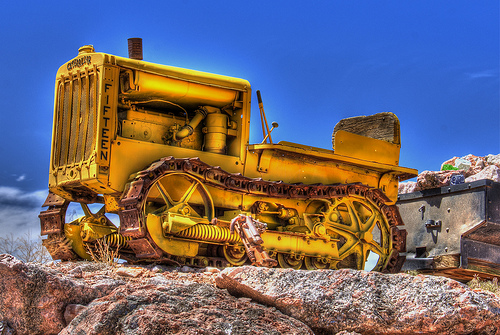
Mining swings from profit to loss quickly and without fear or favour. Its always been this way.
Roger Montgomery
September 6, 2012
You might recall back in December (Dec 8, 2011) with FMG trading at $4.84 (now $2.94), BHP at $37.00 ($31.36 today) and RIO at $66.09 ($50.19 today) we warned
“I now wonder whether we are seeing the bubble slip over the precipice? Falling property prices (10 per cent of the Chinese economy) leads to lower construction activity, leads to declining demand for Australian commodities, leads to falling commodity prices, leads to big drops in margins for a sizeable portion of the [Australian stock] market index…”
Since the start of 2012, commodities have, on average, fallen more than 20%, and in some cases much more. This is a pace of decline matched only by that experienced during the financial crisis of 2008.
At current prices many mining companies will now be making losses. As analysts we question the viability of some companies and Atlas Iron for example, one of the largest Iron Ore producers outside of BHP and RIO, may not be without outside help – should prices remain at or below present levels.
by Roger Montgomery Posted in Companies, Energy / Resources, Insightful Insights.
-
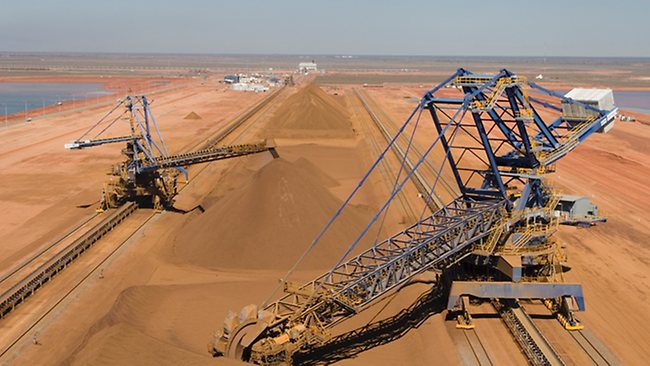
Ironic or Moronic?
Roger Montgomery
September 4, 2012
Last night the US markets rallied. There was no good news. In fact the reason for the rally was that the US economy was floundering. A floundering economy means more stimulus and stimulus is good because it should eventually lead to a better economy.
In other words an unhealthy patient is about to receive another sugar hit which might make them better. Buy!
Clearly the irony was not lost on traders of Fortescue shares this morning. FMG’s share price rallied several percent on the open in response to FMG’s announcement that it will significantly cut back on capex and production targets. Apparently, investors in a pure play iron ore company are pleased that the company will be less exposed to iron ore. Evidently the company is worth more if it does less. Taken to its extreme, it worth the most if it does nothing.
We believe that over the long term, equity markets work effectively as a weighing machine. In the short term, however, they can sometimes seem a little odd – and thats putting it mildly!
Stay tuned we are cooking something mind boggling about FMG and its peers…
by Roger Montgomery Posted in Energy / Resources, Insightful Insights, Investing Education.
-
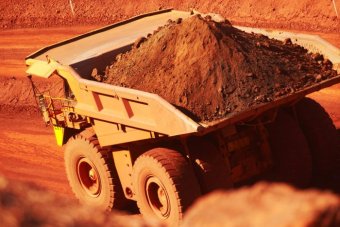
CEO’s, investors finally working it out. Margin squeeze. Could Atlas need a bailout?
Roger Montgomery
September 3, 2012
On December we explained that just as Gerry Harvey needs to sell more plasma tvs at deflated prices to generate the same profit because of margin squeeze, the same laws of arithmetic would apply to miners of ore and coal.
It’s not difficult to imagine a world where a company like Atlas Iron ore (AGO) will need a bailout!
One of our brokers wrote to us today;
“Big downgrades to our FY13 expectations are coming. On our estimates for FY13 and against market consensus we believe there could be downgrades to NPAT estimates of 31 – 96% for the producers”
It comes from the same analyst that told us to buy mining services businesses in April.
You might recall Vale’s massive June quarter slump. Aussie market investors seem to be in denial or just hoping for iron ore price to bounce. Neither strategy preserves retirement savings.
Stay tuned.
by Roger Montgomery Posted in Energy / Resources, Insightful Insights.
-

Agree to disagree on China?
Roger Montgomery
August 31, 2012
Fortescue Chief Nev Power yesterday said he was confident that the iron ore price would rebound to the US$120/tonne level following its recent weakness. We have been scanning the Chinese economy from a number of angles for some time now, and the indications we see are rather less optimistic. Remember, before 2002 the iron ore price averaged between US$15-$20/tonne. Currently US$90/tonne. History suggests that the maintainable price might be significantly below present levels, even after the large declines.
At the opposite end of the market to Fortescue, nano-cap Merchant House makes industrial boots in Tinajin, close to Beijing, and has been making them ever since Deng Xiaoping began the process of economic reform some 30 years ago. For FY2012, Chairperson Loretta Lee reports rising input costs, increasing wages, and new taxes and regulatory burdens. She states: “It is becoming increasingly obvious that China is no longer the world’s low cost factory”. The implications for China’s exports and the flow on into areas such as fixed investment should not be underestimated.
by Roger Montgomery Posted in Energy / Resources, Insightful Insights.
-

China Impact
Roger Montgomery
August 31, 2012
From: http://www.bloomberg.com/news/2012-08-28/australia-mining-slowdown-hitting-economy-never-down-on-its-luck.html
“China’s iron-ore imports are going to slow down dramatically,” Xie, a former World Bank economist who researched globalization and bubbles, said in an interview from Hong Kong. “It’s not just because of the economic downturn; it’s because construction of property and infrastructure has peaked” in Australia’s No. 1 customer, he said.
Premier Wen Jiabao in March cut the government’s growth target for China to 7.5 percent for this year, the lowest since 2004, as policy makers there seek to reduce the role of large- scale fixed-asset investment in favor of greater consumer demand. China also has applied limited stimulus relative to 2008-09, as officials rein in property market speculation.
“I don’t think there’s ever been a miracle economy that ultimately lived up to its billing,” said Dylan Grice, global strategist at Societe Generale SA (GLE) in London, who cited the Japanese experience of the 1980s, Thailand before the 1997-1998 Asian financial crisis and Ireland’s “Emerald Tiger” period last decade. “This year’s miracle is next year’s disaster.”
by Roger Montgomery Posted in Energy / Resources, Insightful Insights.
-

MEDIA
Have we finally reached the bottom of the market?
Roger Montgomery
July 30, 2012
And what are Roger Montgomery’s Value.able Insights into the latest market developments? Learn more in this edition of ABC1’s “Inside Business” broadcast 29 July 2012. Read/Watch here.
by Roger Montgomery Posted in Energy / Resources, Intrinsic Value, Market Valuation, Takeovers, TV Appearances.
-
Is this the fate that awaits Australian Iron Ore Producers?
Roger Montgomery
July 26, 2012
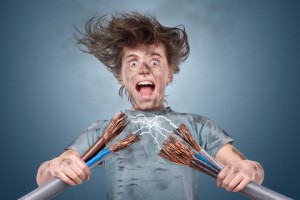 Could it get any worse for Iron Ore? It Just did!
Could it get any worse for Iron Ore? It Just did!News Flash! Shipping more iron ore volumes at lower prices is the same as JBH and HVN selling more TV’s a lower prices. Margins compress and profits don’t meet expectations.
Back in April, when we began more urgently warning investors to look carefully at profit assumptions for the big material stocks, our theory was that iron ore prices would decline because of a massive supply response. It really was basic supply and demand. Economics 101. You can read our warning here: http://rogermontgomery.com/is-the-bubble-bursting/
Back on December 8 2011, with BHP trading at more than $37.00 we again warned:
“I now wonder whether we are seeing the bubble slip over the precipice? Falling property prices (10 per cent of the Chinese economy) leads to lower construction activity, leads to declining demand for Australian commodities, leads to falling commodity prices, leads to big drops in margins for a sizeable portion of the [Australian stock] market index…”
The doubters and many analysts that cover the sector however told us that lower prices would just mean that BHP, RIO and FMG would simply ship more volume. Remember share price performance over the long run follows profitability not profit.
And here’s the latest…
According to a news article that landed in the Bloomberg terminal this morning (see screenshot), Rio de Janeiro-based Vale, the world’s largest iron- ore producer, said second-quarter profit plummeted 59 per cent after prices for iron ore, nickel and copper declined.
Net income dropped to $2.66 billion, or 52 cents per share, from $6.45 billion, or $1.22 per share a year earlier. Vale was expected to post per-share earnings of 73 cents. The selling price of iron ore and most of Vale’s main products is lower than in 2011. This explains the decline in earnings.
Net sales fell 21 percent to $11.9 billion despite an increase in supply / production at Carajas, its biggest mine. Vale reportedly sold its iron ore at an average $103.29 per metric ton, down from $145.30 last year – something we have been warning for 6 months may happen. Nickel’s average sales price dropped 31 percent and copper declined 15 percent.
The stock has fallen 24 percent in the past 12 months, twice the 12 percent decrease in Brazil’s benchmark Bovespa Index. Management has put the focus of the fall squarely on slowing economic growth in China, the world’s biggest steel producer.
Returning to BHP, just 12 months ago, analysts had forecast 2012 net profits of almost $22b rising to $23b in 2013.
Those forecasts now stand at $17b and $18b respectively, representing a massive 22%-23% downgrade. And like Vale, BHP has also materially underperformed the ASX 200 index.
And given the significant miss by Vale analysts this morning, we reckon forecast earnings for BHP, RIO, FMG, MIN, AGO, BCI might disappoint again in the near future.
The answer in future periods may in fact lie in the Shanghai Re-bar prices and we have been watching this closely. Why? Because this is the most-traded steel futures contract and last week it hit a 2012 low.
Are iron ore prices, currently trading around China’s cost of production of $120/t, about to follow Re-bar prices despite most predicting the price simply cannot fall past this point?
The last time Re-bar prices were at this level, iron ore prices were also significantly lower.
When I was last on the ABC’s Inside Business program (watch it here: http://rogermontgomery.com/an-important-announcement/), we discussed Fortescue Metals CFO stating that their long-term iron ore price target is $100/t. I wonder how long we will have to wait until that forecast is also revised lower? As always, time will tell. Vale’s news is not a good omen.
by Roger Montgomery Posted in Energy / Resources, Market Valuation.
- save this article
- POSTED IN Energy / Resources, Market Valuation
-
Is this more evidence of downward pressure on commodity prices?
Roger Montgomery
July 24, 2012
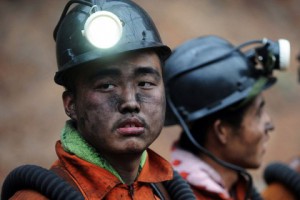 As we have been actively commenting since the start of the year, a key thematic concern we hold for investors in both Mining and Mining services businesses was the potential for commodity prices and in particular Iron Prices to begin to fall. In such an environment, falling prices would result in lower profits and cash flows for our miners and hence we could see significant future risk of projects being either scaled back or shelved in future periods.
As we have been actively commenting since the start of the year, a key thematic concern we hold for investors in both Mining and Mining services businesses was the potential for commodity prices and in particular Iron Prices to begin to fall. In such an environment, falling prices would result in lower profits and cash flows for our miners and hence we could see significant future risk of projects being either scaled back or shelved in future periods.Our view is anchored by a supply response in two new Pilbara regions coming on stream over the next few years and also falling demand from the world’s biggest consumer of additional supply, Asia (China).
With Iron Ore falling to $123.6/t, down 9% in two weeks; we are now at a critical juncture.
Critical because this is the price considered by many to be the ‘floor’ / the most Iron Ore prices can fall given China’s own estimated cost of production is $120/t. This compares to Australia/Brazil at $40/t and Canada/USA/Europe $65/t. A price lower than $120/t would make China’s Iron Ore production uneconomic and hence, a fall below this level “just cannot occur”.
Our experience with commodity producers is a little different. Our experience tells us that marginal producers are the first to lose when commodity prices fall materially.
And in this light we continue to expect over the coming months and years we will see lower prices and perhaps, marginal / high cost producers suffering and mining services starved of work. Even if they are operating at full steam right now.
To ask a question: is the recent moratorium of all Greenfield exploration activities by BHP a sign that they see the world in a similar light?
by Roger Montgomery Posted in Companies, Energy / Resources, Investing Education.


